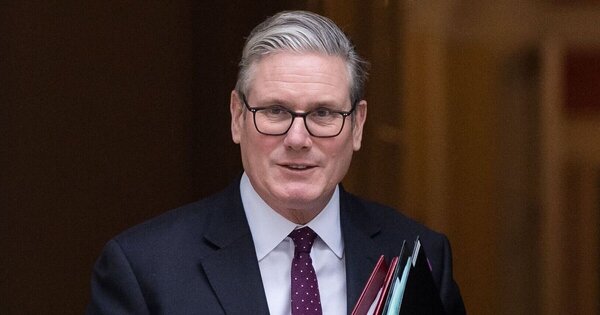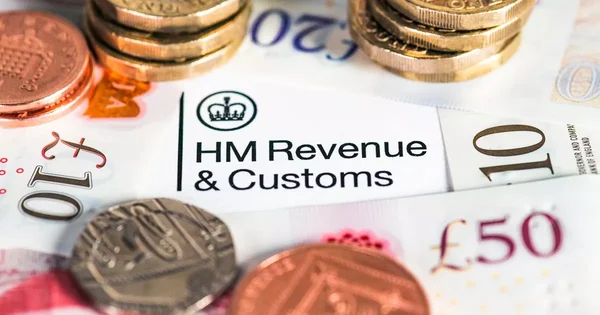The era of ultra-low interest rates lulled governments into a false sense of security. For much of the 2010s, borrowing was cheap and plentiful. In the UK, successive governments leaned on this window to fund spending without facing the immediate pinch of high interest costs. But those days are firmly over.
Since 2022, interest rates have risen back towards long-term averages, leaving Britain with an increasingly expensive debt pile. The Office for Budget Responsibility (OBR) now projects that debt interest will cost the UK around £111bn in 2025–26, equal to 8.3% of all government spending and 3.7% of GDP. That puts the cost of servicing the national debt uncomfortably close to the NHS’s day-to-day budget.
The End of Cheap Borrowing
Between 2009 and 2021, interest rates hovered near zero, in some cases even dipping negative. Governments across the globe gorged on cheap credit, with the UK’s debt load swelling to around £2.6–2.9 trillion by 2024.
While these rates were unprecedentedly low by historic standards, they were never sustainable. The Bank of England’s average base rate over the past half-century sits well above today’s 4–5%. With borrowing already high, even modest rises in rates are enough to transform debt servicing into one of the Treasury’s biggest expenses.
Rising Costs and the £111bn Interest Bill
According to OBR forecasts, the Government will spend £111.2bn on debt interest in 2025–26. That is more than double what was spent in 2020–21 and makes interest payments the third-largest area of government expenditure, behind only health and welfare.
By comparison, NHS England’s revenue budget was £177.9bn in 2023/24 and is projected to reach £204.9bn in 2024/25. That means debt interest is now consuming a sum not far off the UK’s single most important public service.
The Hidden Impact of Pensions
The official debt figures exclude one major liability: unfunded public sector pensions. Unlike funded schemes (such as the Local Government Pension Scheme), these are promises to pay future pensions without assets set aside. Each year, the value of these obligations rises in line with interest costs.
Some analysts estimate this liability could add tens of billions more each year to the government’s effective financing costs. While the Treasury does not treat this as part of annual debt interest, critics argue that ignoring these long-term obligations paints an incomplete picture of the UK’s true financial position.

Inflation’s Bite Through Index-Linked Gilts
The UK is also uniquely exposed to inflation via its reliance on index-linked gilts. These bonds tie both the principal and interest payments to the Retail Prices Index (RPI). While their coupons are low, any bout of inflation translates into an immediate rise in debt costs.
This structure meant that during the 2021–23 inflation surge, debt interest costs spiked more sharply in the UK than in many comparable economies. Even with inflation moderating, the legacy of these instruments will keep pressure on the public finances for years to come.
What It Means for Public Services
High debt servicing costs squeeze fiscal choices. Every extra pound paid to bondholders is a pound not spent on schools, hospitals, transport or tax cuts. At nearly £111bn a year, debt interest already accounts for about one in every ten pounds the government spends.
This makes balancing the books harder. It also raises the risk that future governments will be forced into politically difficult trade-offs either cutting services, raising taxes, or borrowing more and risking a vicious circle of rising debt.
Could Britain Face a Debt Doom Loop?
Some analysts warn of a potential doom loop. If inflation were to rise sharply again say back to 10%, as the UK experienced in 2022 debt interest could soar towards £300bn annually. That would make it the single largest item in the budget, overtaking even the NHS and welfare.
While such scenarios are hypothetical, they underline the fragility of Britain’s fiscal position. Having borrowed heavily during the years of cheap money, the government now finds itself vulnerable in a world where interest rates have “normalised”. Without structural reform, Britain risks channelling ever larger portions of its national wealth into debt servicing rather than into the services its citizens rely upon.

Could Britain Face a Debt Doom Loop?
What if inflation spiked back to 10%? Some scenarios suggest debt interest could surge beyond £300bn a year, eclipsing even health and welfare budgets.
That kind of “doom loop” where high interest leads to higher borrowing, which then drives interest costs even higher is still a risk. It’s why economists stress the need for credible fiscal management and why households should keep an eye on the bigger picture when planning their own finances.
Final Summary
At Pie.tax, we help people navigate the tax system day to day but zooming out, the same principles apply to government as to households: borrowing has consequences.
With debt interest forecast to hit £111bn in 2025–26, Britain is now spending almost as much servicing its debt as it does on the NHS. Add in long-term pension obligations, and the true bill is even higher.
The takeaway is clear: while borrowing can be useful, it isn’t free. As the cost of past debts comes home to roost, the government faces harder trade-offs. And for taxpayers, it’s a timely reminder that keeping on top of your own finances and claiming every pound you’re entitled to is more important than ever.











